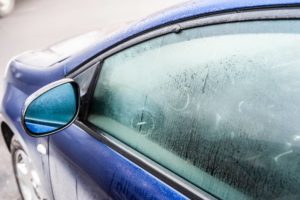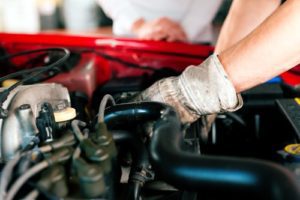Is Your Car Ready For Winter?
By David Bergeron, Comm. Comm
Here are a few hints to make sure your car is ready to keep going and keep you safe in the cold weather.
First: the thing that many people forget about is tire pressure. As the weather gets colder, pressure goes down. Most tire pressure warning lights don’t tell you when the tires are a little low, only when it becomes dangerous. You need to keep it up for best gas mileage, tire wear, and safety. Check your door jamb for a sticker or tag listing the recommended tire pressure. Check the pressure again every time the weather gets colder. Remember the spare!
Make sure you have enough tread for rain and snow. You can check with a penny. Put it in the tread upside-down. If you can see the top of Abe’s head, your tread is dangerously low.

Next: can you see clearly? Your local auto parts store will be happy to install new wipers. Don’t wait until they come apart: get ready for bad weather before it happens. Buy high quality wipers now for clear vision all winter.
Then: Can everyone else see you? Have a friend help you check all your running lights, brake lights, and turn signals.
Finally, regular maintenance – oil and other fluids. If you’re not comfortable doing this all yourself, any of the quick service places would be happy to help. But remember: the 3,000 mile oil change was invented by the oil change retailers to make more money, so check your owner’s manual for recommended intervals, as well as what kind of fluids to use. Some vehicles can go 10,000 miles on synthetic oil and a premium filter. Don’t let them talk you into unnecessary work like a transmission flush. Check the manual.
While you’re there:
1. When was the last time you changed your fuel filter, air filter, or PCV filter? Clean filters improve gas mileage and performance. Check the manual.
2. Check the coolant with a hydrometer to make sure it’s ready for cold weather. You can buy a hydrometer at any auto parts store for just a few dollars, or have the tech at the quick service place show you the results on his.

3. Check the hoses and belts. Both should be pliant and flexible, with no visible cracks or shiny spots.
4. Check the battery. Looking at the fluid levels or even checking with a hydrometer is not enough. This must be done with electronic equipment. For DIY-ers, you’ll have to go to your favorite auto parts store for a free test. At the quick service place, make them show you the written report.
And last, consider putting an emergency kit in the car: extra gloves, boots and blankets; flares or triangles; a flashlight and extra batteries; and a cell phone and extra car charger. Put a few “high-energy” snacks in your glove box.
Happy motoring!
